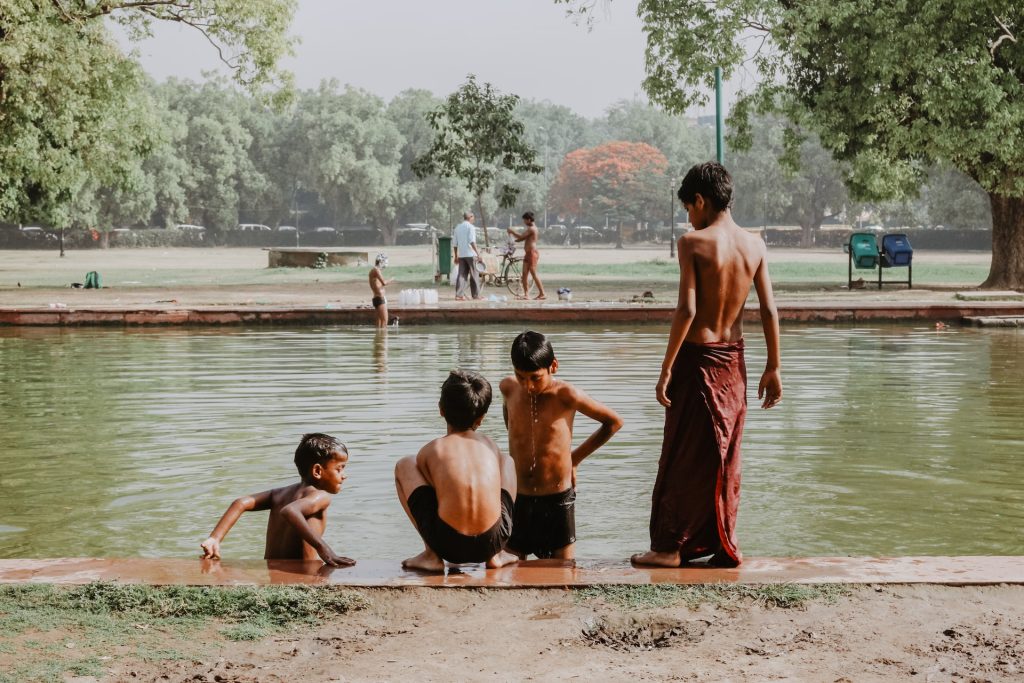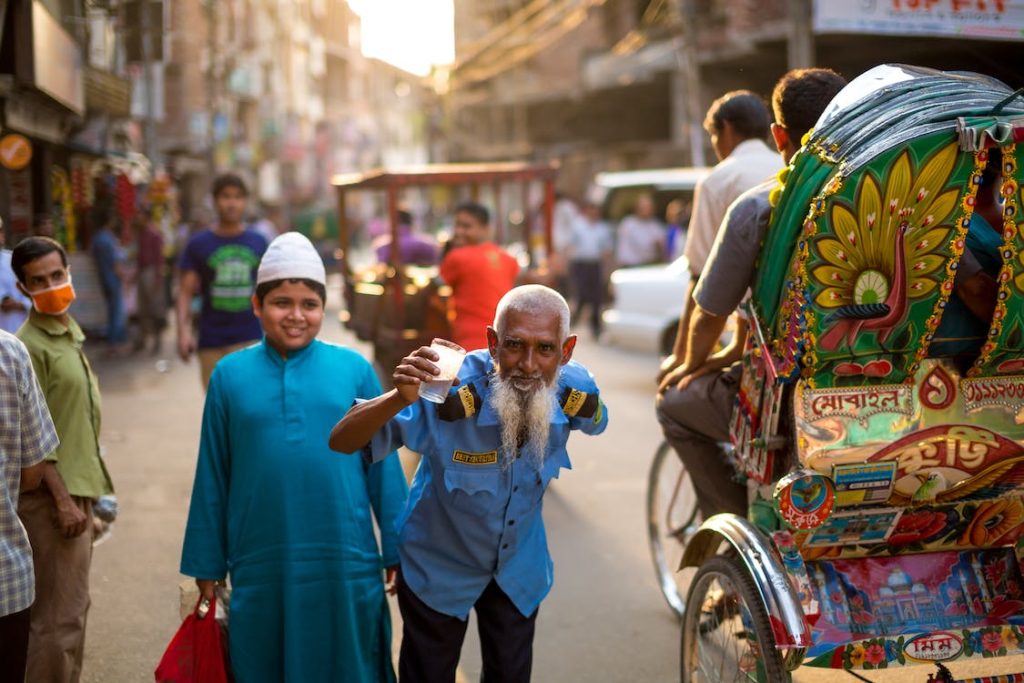Every day, millions of people around the world wake up to the harsh reality of having no access to safe drinking water. The hope of having boiled water is their only source of clean water. This is not just an inconvenience; it’s a matter of life and death.
The World Health Organization (WHO) reports that nearly 2.2 billion people globally lack safely managed drinking water services. This is a basic human right and an essential step toward improving living standards.
UN SDG #6 and Ensuring Clean Water for All
The United Nations Sustainable Development Goal (UN SDG) #6 promises to “Ensure availability and sustainable management of water and sanitation for all.”
This goal is not just about water. It’s about dignity, health, and creating a better future for billions of people. Achieving this goal requires a concentrated global effort and innovative solutions.
The Deep-Rooted Reliance on Boiled Water
In many regions around the world, the method of boiling water for purification has been a beacon of hope amidst the water crisis. This process, though seemingly simple, is steeped in layers of complexity. It requires not only a source of heat but also the physical ability and time to collect both water and fuel.
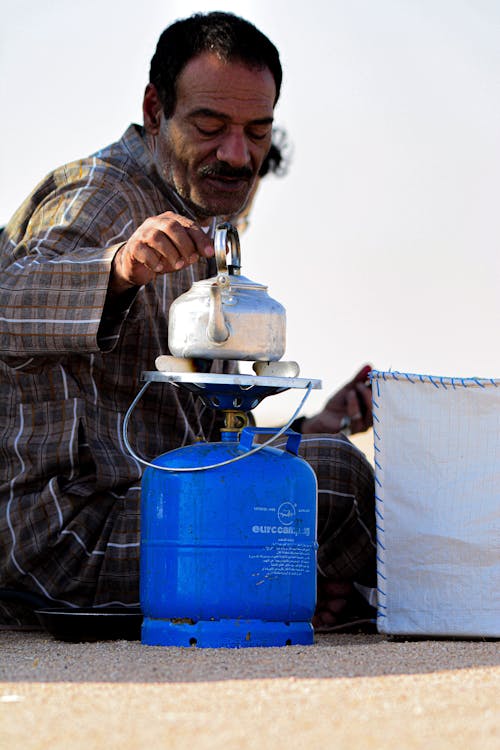
For many, this is a daily task, a ritual that carves significant chunks out of their days – time that could be spent working, learning or caring for family members.
Yet, despite the arduous nature of this process, it remains a crucial lifeline. It is a means of survival that stands between them and potentially deadly waterborne diseases.
Contaminated Water as Drinking Water
Drinking contaminated water isn’t just distasteful; it’s a gamble with life itself. Each sip teems with invisible threats, pathogens that can trigger a multitude of health issues. Diarrhea, cholera, dysentery, typhoid, and polio are just the tip of the iceberg.
The World Health Organization estimates that nearly half a million people succumb to diarrheal diseases annually. Their lives are cut short by something as basic and essential as water. The impact extends beyond physical health, affecting mental wellbeing, productivity, and ultimately, the quality of life.
Using Contaminated Water in Daily Life
The water crisis doesn’t stop at drinking water. Imagine cooking your meals, washing your clothes, bathing, and cleaning your home with dirty water. Every drop used carries the potential to spread disease, turning routine tasks into risky endeavors.
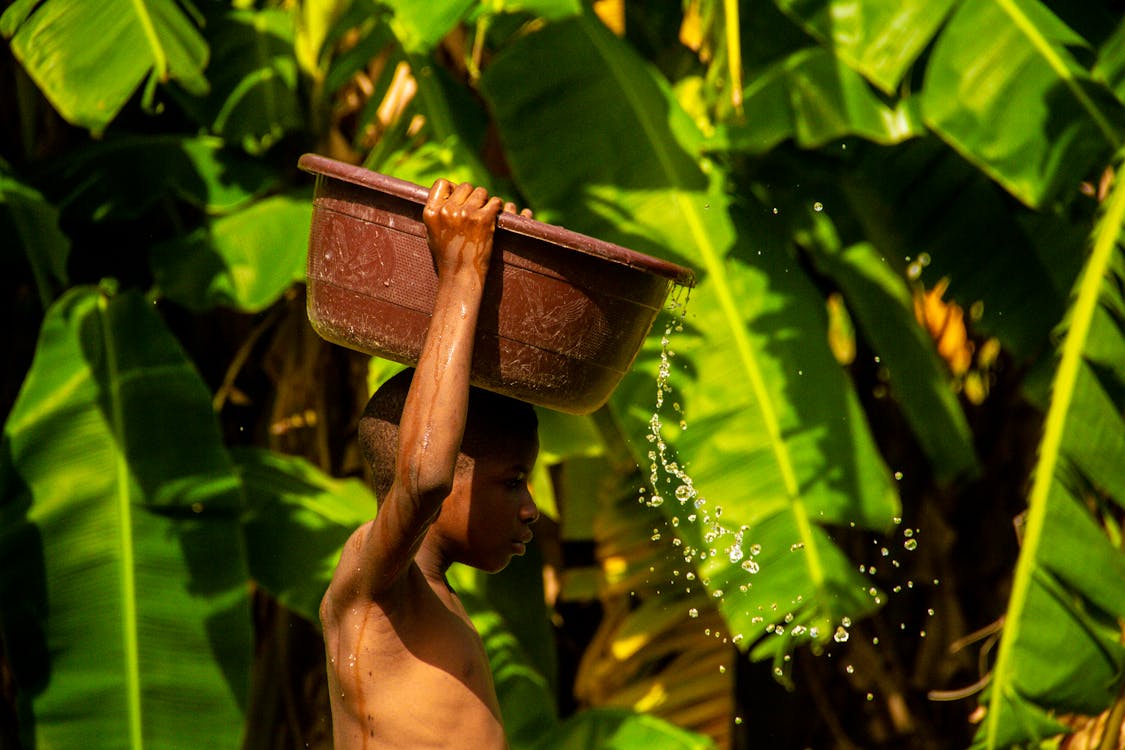
Children, the most vulnerable, may miss school due to illnesses, perpetuating a cycle of poverty and limiting their future prospects.
Women, often responsible for water collection, face increased burdens and risks. The ripple effects are vast and devastating, touching every aspect of life and society.
The Global Problem of Using Dirty Water for Other Things: A Second Look
We must take a second, deeper look at the global problem of using dirty water for non-drinking purposes. Consider the farmers who rely on contaminated water sources to irrigate their crops, unknowingly introducing toxins into the food chain. Or the industries that use unclean water in their manufacturing processes, further polluting the environment.
Even healthcare facilities in resource-poor settings may have to resort to using unsafe water, ironically becoming potential hubs for disease transmission. The issue is deeply entrenched and far-reaching, permeating all sectors and strata of society.
Making UN SDG #6 a Reality: A Global Community Effort
Boiling water has long been a solution for many across the world. However, we cannot expect people to live a fulfilling life using this method everyday. Instead, we must face the challenge head on and propose solutions. But for global access to clean water to become a reality, the global community must work as one.
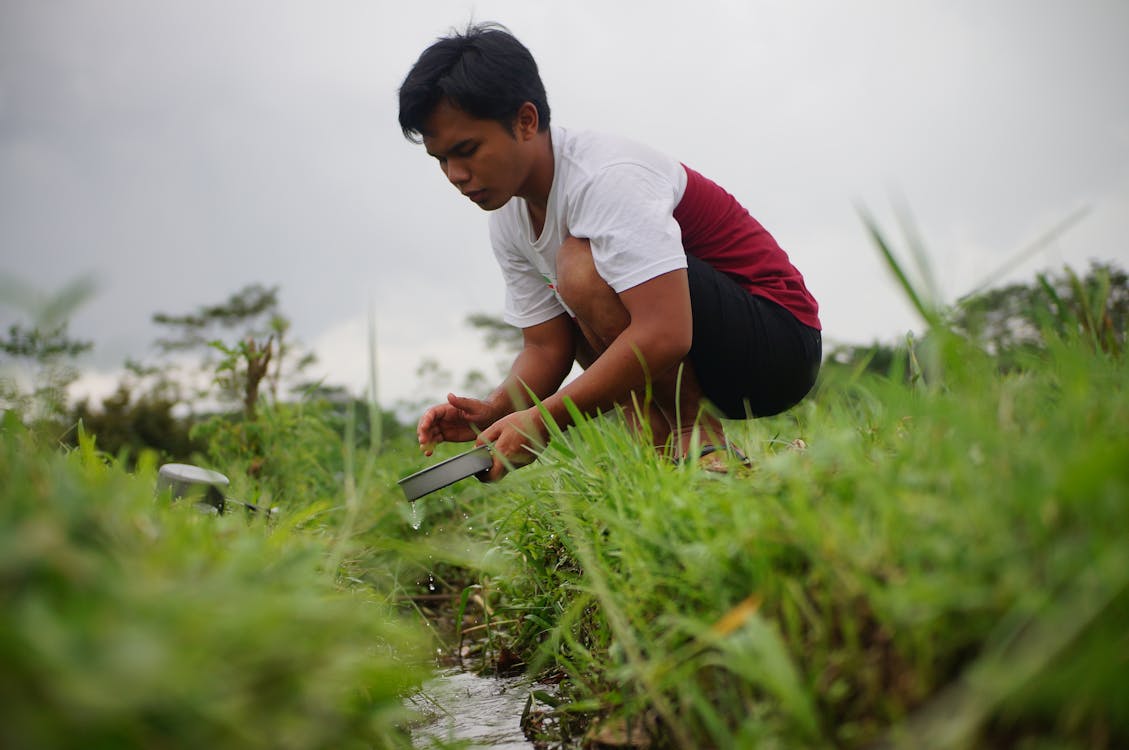
The Power of Individual Actions
Achieving UN SDG #6 is a monumental task that requires collective action, but this doesn’t mean individual efforts are insignificant. Quite the contrary. Every effort, no matter how small it may seem, can contribute to larger change.
Donations, whether monetary or in-kind, provide vital resources for those working on the front lines of the water crisis. Volunteering time and skills, either locally or abroad, can bring about tangible improvements in affected communities.
Advocacy and Awareness
Another powerful way to contribute is by raising awareness about the importance of clean water and sanitation. This could be as simple as sharing information on social media or as involved as organizing educational events in your community.
Additionally, advocating for policies that prioritize water and sanitation issues can influence decision-makers and drive systemic change.
Governments and Local Communities: Key Players in Alleviating the Water Crisis
Likewise, grassroots efforts are pivotal in promoting access to clean water.
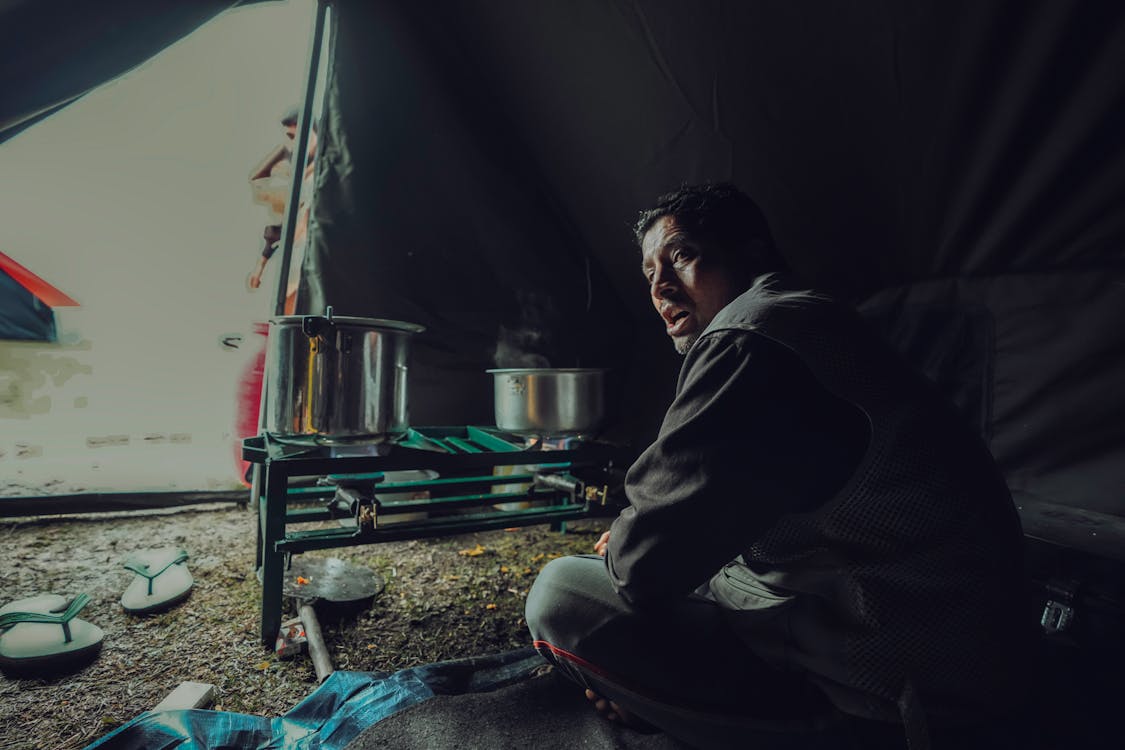
Policy and Investment
Governments play an indispensable role in addressing the water crisis. Through policy-making, they can set the agenda and create an environment conducive to solutions. Investment in water infrastructure, such as pipes, pumps, and treatment facilities, is crucial. But it’s not just about building infrastructure. Maintenance and management are equally important.
Governments can also foster innovation by supporting research and development in water technologies.
Local Communities Taking Charge
Local communities are at the heart of the water crisis, and their involvement in solving it is crucial. By promoting good hygiene practices, they can prevent water-related diseases and improve overall health.
Participating in water conservation efforts can help ensure that available water resources are used efficiently.
Local initiatives can address specific challenges and make a big difference. This includes community-led sanitation programs or watershed management projects. Involving the community not only empowers individuals but also ensures that solutions are culturally appropriate and sustainable.
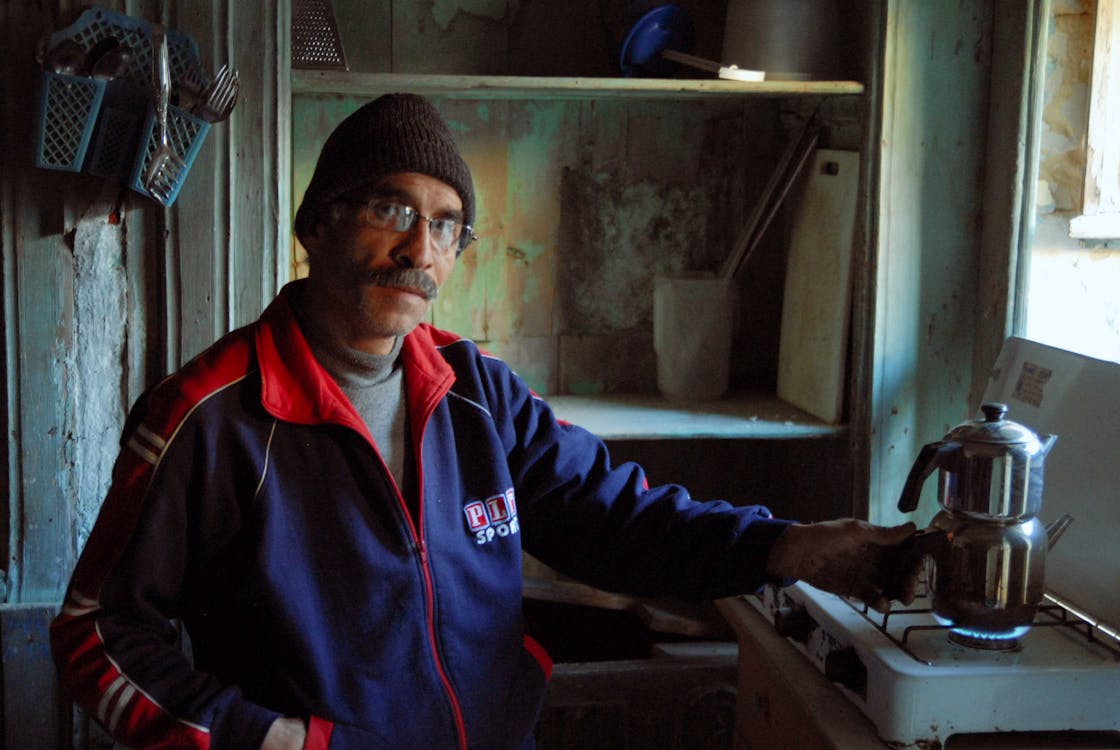
LifeStraw: An Innovative Solution
Among the many organizations working toward UN SDG #6, B Corp LifeStraw stands out for its innovative approach. LifeStraw designs and manufactures water filtration and purification devices that are portable, easy to use, and highly effective.
Their products have provided clean water to millions of people in need. They prove that sometimes, the solutions to our biggest problems can be surprisingly simple.
The CDC Guide on Boiling Water: A Simple Solution for Safe Drinking
The Centers for Disease Control and Prevention (CDC) provides a straightforward guide on how to make water safe for drinking through boiling. This process is vital, particularly in situations where access to clean, treated water is compromised.
According to the CDC, boil water as follows.
- Bring the clear water to a rolling boil.
- Continue boiling for a minimum of one minute. For those at elevations above 6,500 feet, the boiling time should be extended to three minutes to ensure all harmful organisms are killed.
- Allow the boiled water to cool naturally without adding ice.
- Store the cooled, boiled water in clean, sanitized containers with tight covers to prevent recontamination.
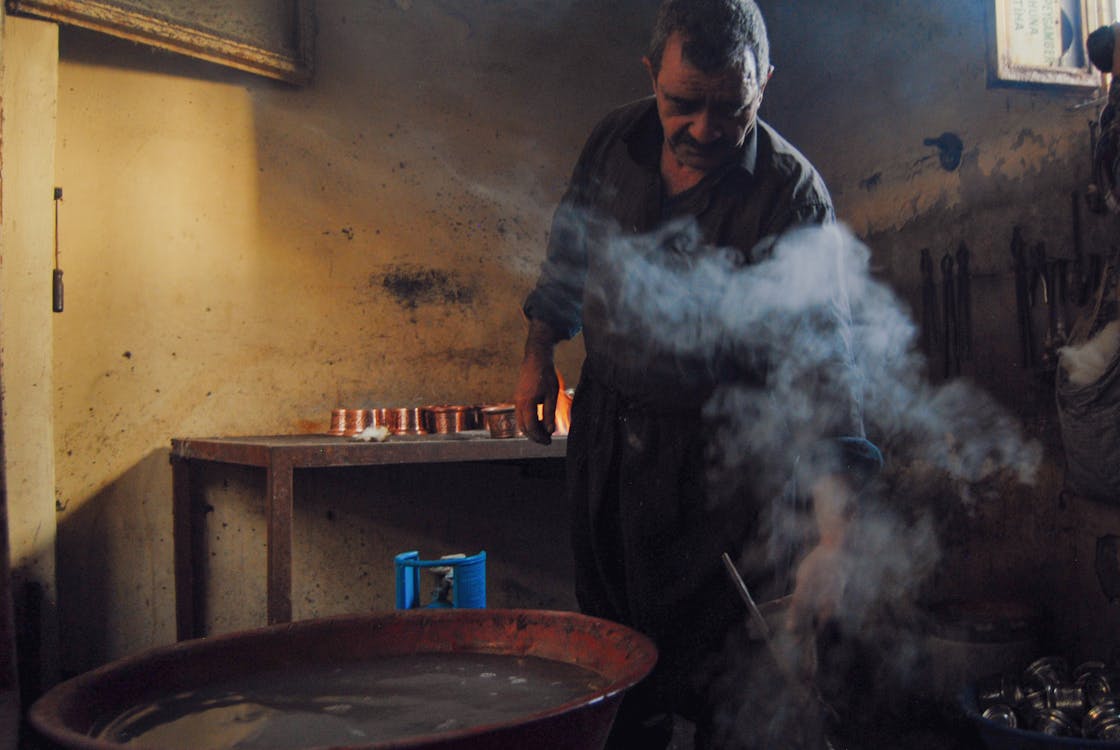
Boiling water is one of the most effective methods to purify water. It kills disease-causing organisms, including viruses, bacteria, and parasites. However, boiling cannot remove chemical contaminants. If you suspect or know that your water is chemically contaminated, seek advice from your local health department or a water treatment professional.
In situations where boiling isn’t possible, the CDC also provides guidance on alternative methods such as using water filters or disinfection tablets. These can be useful tools, especially during emergencies or while traveling in areas with questionable tap water quality.
Many questions arise regarding boiled water. These include:
- Does boiling water kill bacteria? Yes.
- Does boiling water kill germs? Yes.
- Does boiling water kill parasites? Yes.
- How long is cooled boiled water sterile for? Boiled water is safe to drink for up to 24 hours in stored in a sealed container.
- Is liquid chlorine bleach enough for water purification? Yes, but use unscented household chlorine bleach or tablets with chlorine dioxide.
- Is boiled tap water safe to drink? Yes, but with caution.
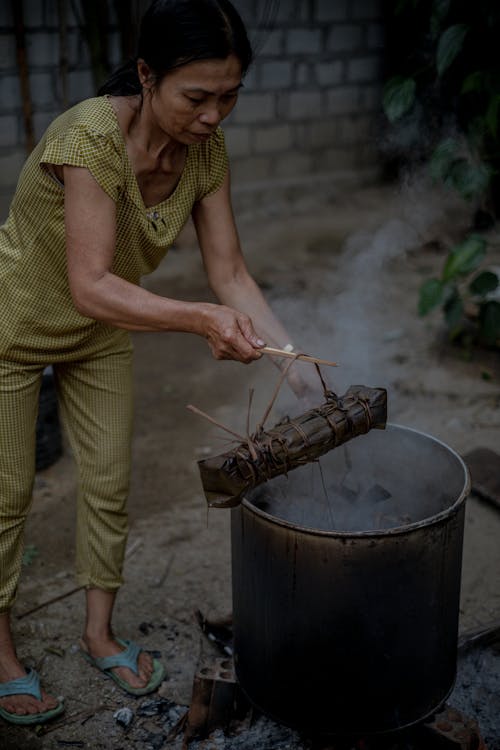
To Wrap Up
The global water crisis is a daunting challenge, but it’s not insurmountable. By boiling water, supporting the UN SDG #6, and embracing innovative solutions like those offered by LifeStraw, we can ensure that clean, safe water is available to all. This is more than just a goal; it’s a necessity for a healthier, more equitable future. After all, water is life, and everyone deserves a chance to thrive.

